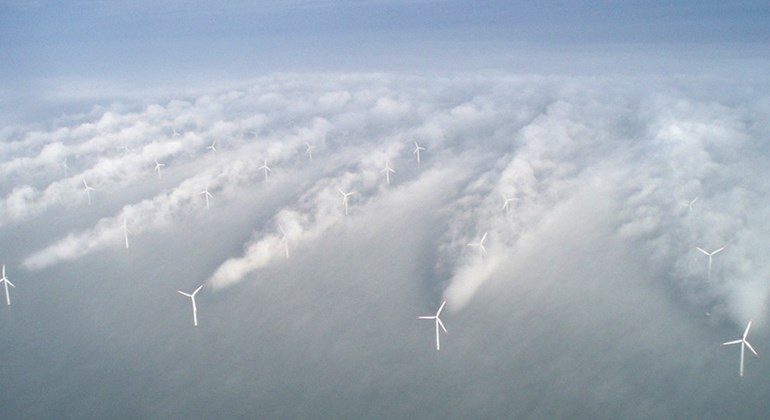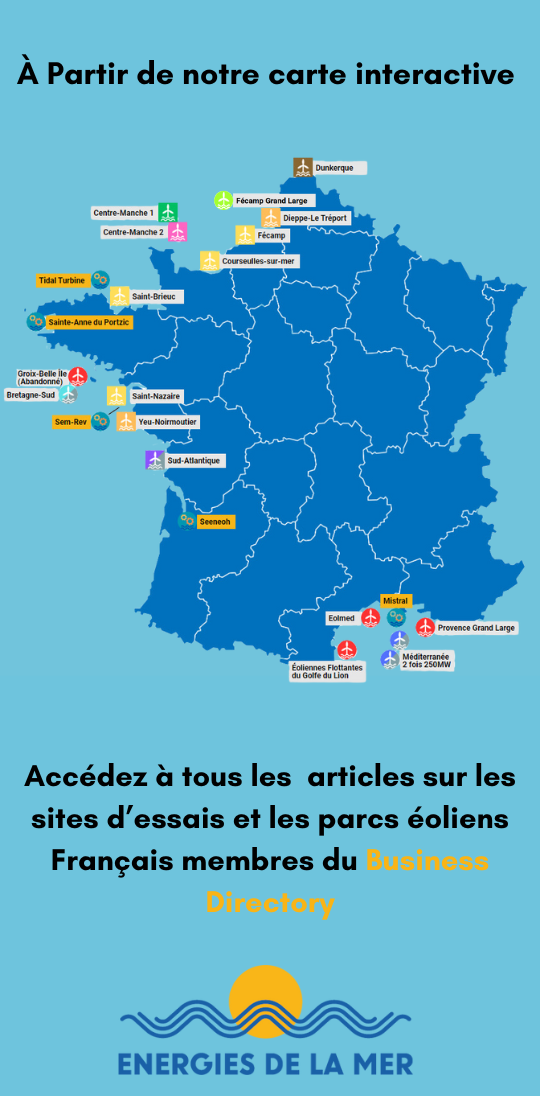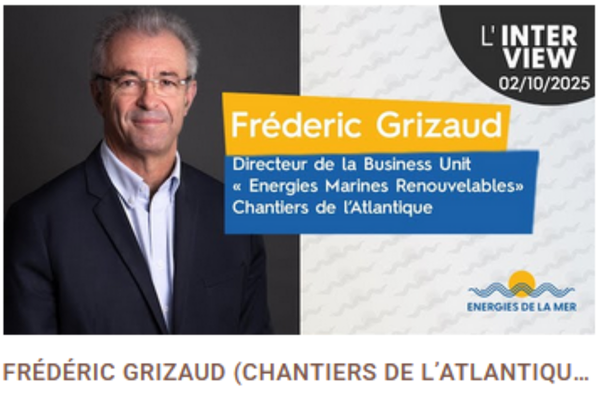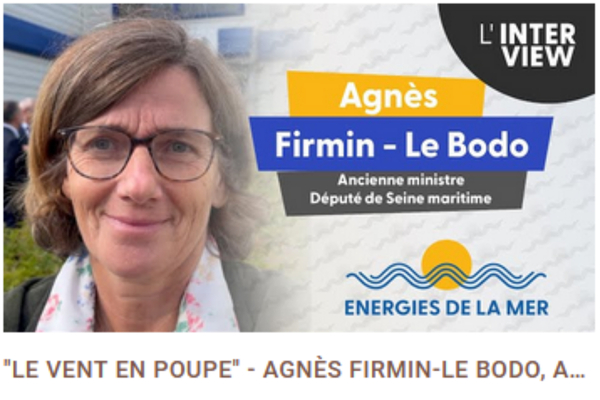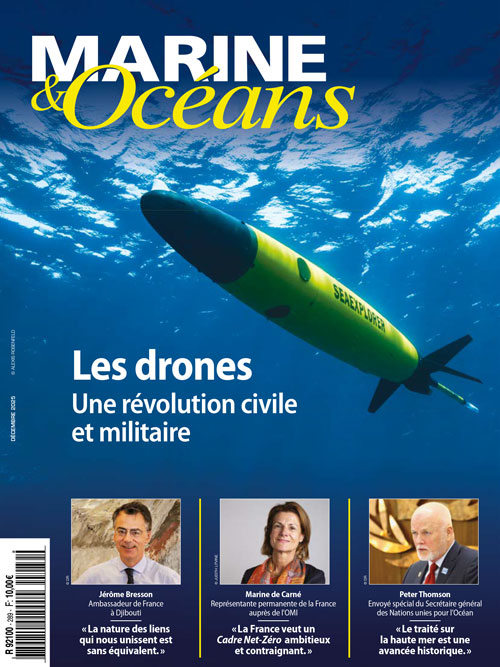Londres – UK- Lundi 11/12/2017 – The Carbon Trust’s Offshore Wind Accelerator today announced a new €2.3 million project, Wind Farm Control Trials (WFCT) designed to demonstrate how effective implementation of control strategies can reduce the cost of offshore wind. The project will investigate the impact of focusing on strategies that aim to improve energy generation across an entire wind farm, rather than individual turbines.
The WFCT project is backed by EnBW, E.ON, Innogy, Statoil and Vattenfall incorporating know-how from experts who have played a leading role in wind farm control concept generation and wind measurement, including DTU, ECN, Frazer-Nash Consultancy and Windar Photonics.
Optimising control strategies to reduce wake effects will lower the levelised cost of energy (LCoE) by increasing the total wind energy yield and reducing fatigue, thus saving operational and maintenance costs. Additionally the introduction of control strategies can also increase availability and extend the lifetime of existing and future assets.
During the project different methods of control will be used to optimise power production for the whole wind farm rather than maximising production of individual turbines. The turbine control will be altered by adjusting the blade angle of attack (pitch) and rotation of the nacelle (yaw).
The WFCT study will be the largest and most comprehensive real-life demonstration of the impact of Wind Farm Control (WFC) strategies on the overall performance of a wind farm. The project aims to build on previous simulation-based studies. Based on these previous studies and simulations undertaken, it is expected that adopting blade pitch or yaw-based WFC strategies would result in increase in energy yield of between 0.5 and 3.5 per cent. It is also expected to possibly enable load reductions of up to 50 per cent for some wind turbine components meaning increased component life therefore reduced operation and maintenance costs.
The project will seek to verify and validate these theories by implementing WFC strategies at an operational wind farm. The first stage of the project involves analysis to determine the most suitable wind farm test site for the trials and an optimisation of the control strategies.
The selected wind farm will have extensive measurement equipment installed as part of the validation process for the simulations; including eight nacelle mounted Windar Photonics LiDARs, a scanning LiDAR and load measurements installed on individual turbines.
James Sinfield, Project Manager of the Wind Farm Control Trial at the Carbon Trust commented: “The project has the potential to have a significant impact on cost reduction with a win-win on improving annual energy production and at the same time reducing operational and maintenance costs.”
Paul Cowling, Director of offshore wind at innogy, said: “Working together the Offshore Wind Accelerator group, under the guidance of the Carbon Trust continues to support the offshore wind industry to deliver projects in the most innovative and cost competitive way, via important studies such as this.”
Stoyan Kanev, Senior Project Manager at ECN commented: “This project will be the first one to demonstrate the economic benefits from wake control in real-life experiments at a full-scale offshore wind farm. It will increase the maturity and acceptance of the technology, paving the way towards a large scale implementation.”
Jørgen Korsgaard Jensen, CEO of Windar Photonics commented: “Windar is very pleased to participate in this OWA project with Carbon Trust and the industry partners. Windar is keen to continue to support efforts to use nacelle-based remote sensing LiDARs for detecting and measuring wake scenarios in the offshore wind sector.”
Despite the wealth of evidence showing the potential benefits of this technology, technical and economic risks pose a challenge for bringing it to market. The OWA WFCT project has been set up with the aim of demonstrating the effectiveness of WFC strategies in an operational setting. Once proven, the concept can be rolled out to operational offshore wind farms across the wider industry.
The trials are expected to be undertaken in 2018 and full results are expected in 2019.
Publicités Google :

